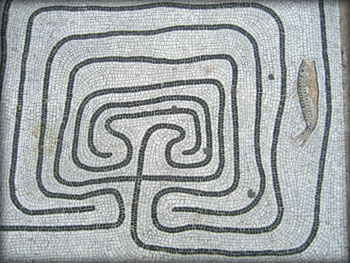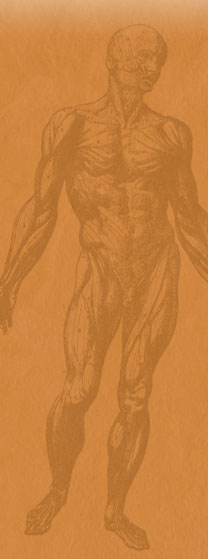 Osteopathic Approach
Osteopathic Approach
In osteopathic medicine, the precept that “the whole is greater than the sum of its parts” has definite applications for clinical assessment and management. Manual palpatory assessment can appreciate the vitality and function of the whole as well as the individual parts. Osteopathic medicine therefore uniquely cares for both the whole person and the parts that make up that person. To accomplish this, we must carefully study the structural and functional relations of the body’s inherent integrative functions because structure and function are reciprocally related. These relationships allow for the capacity to function simultaneously as an undivided whole as well as an intricately coordinated machine. Osteopathic manipulative approaches therefore can alternatively evaluate the function of the whole or its component coordinated parts and provide treatment that enhances each.
These integrated functions bestow upon individuals the ability to regulate, repair, and express themselves fully and without compromise as long as basic physical and psychoemotional needs are satisfied. Proper nutrition, shelter from the elements, regular exercise, socioeconomic stability, self-respect, and love are all needs that are required to function optimally.
Osteopathic assessment focuses on the function of processes that reflect the satisfaction of these needs through observation, palpation, and clinical problem solving. Specifically, osteopathic assessment considers mobile functions of fluid and tissue as they relate to:
- Whole body unity; evaluating the vitality of the “bio-terrain” and inter-relationships between different body systems and parts.
- Respiratory and circulatory mechanics associated with thoracic cage and diaphragmatic function and their relationship to the movement of arterial, venous and lymphatic fluids.
- Reflexes coordinating central and autonomic nervous system functions including the motor, visceral, neuroendocrine, and immune systems.
- Three-dimensional bio-mechanical configuration of connective tissue fascias and their functional responses to weightbearing stress and strain.
- The energetic capacity of the individual to respond to the complex multisystem demands of physical and psychoemotional challenges (adaptive responses).
By enhancing mobile function/related to these physiologic capacities, osteopathic medicine promotes the coordinated function of body systems and structures and the capacity of the individual to function as a vital purposeful whole.



